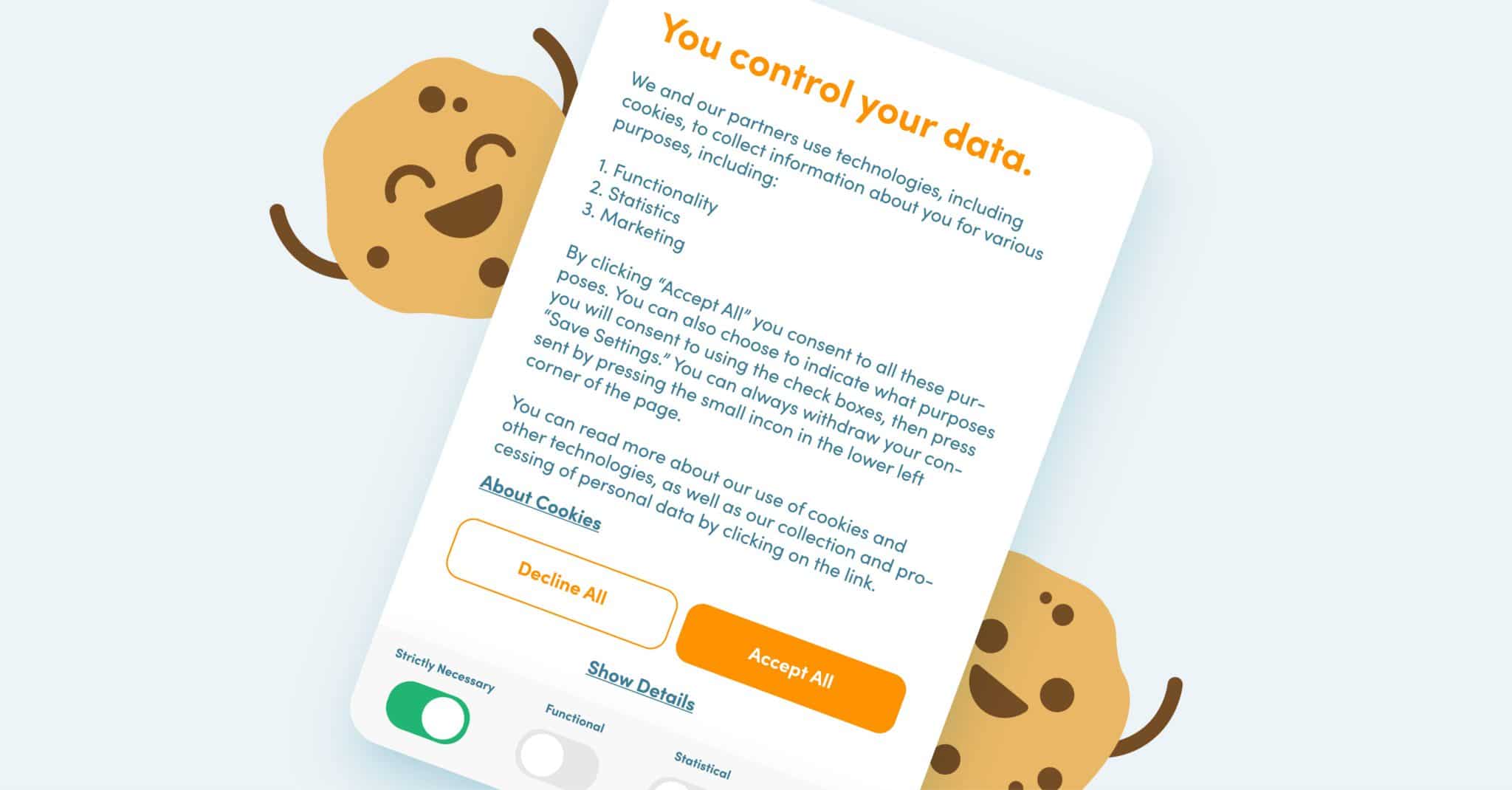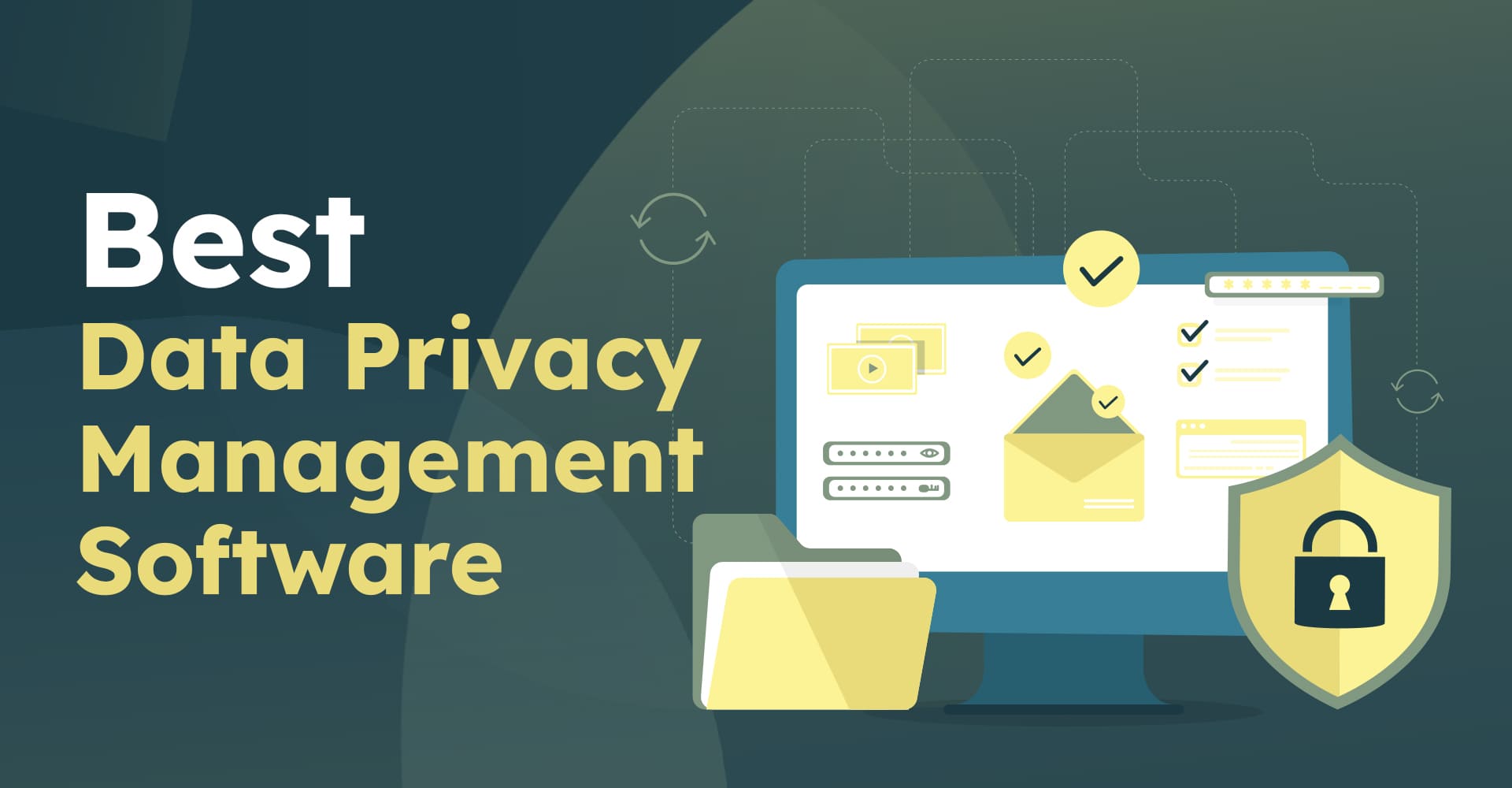
Unmasking Microsoft’s Privacy Pledge: A Deep Dive
In today’s digital age, privacy is not just a concern; it’s a multi-faceted conversation. As users, we frequently find ourselves interacting with companies that – while providing invaluable services – also gather significant amounts of our personal information. Among these tech giants, Microsoft has stepped into the spotlight, championing its privacy policies. But what does this truly mean for us, the users?
Cookies: The Double-Edged Sword
Microsoft categorizes its data collection methods through cookies, those tiny bits of data that facilitate an enhanced user experience. While they can improve our interactions with sites like Microsoft Bing, the reality is that these cookies function as both tools for convenience and potential intrusions into our digital autonomy. I recall the first time I realized just how much information could be collected from my browsing habits. It was a little unsettling, to say the least, realizing that each click I made was potentially leaving a trace of my preferences and behaviors.
 An illustration of cookie tracking in action.
An illustration of cookie tracking in action.
Thus, when Microsoft states they use cookies to personalize content and ads, it can feel like a boon for marketing. Yet, I couldn’t help but wonder: how much personalization is too much? The trade-off for tailored experiences often puts us at odds with our desire for privacy.
Understanding Consent
The transparency with which Microsoft explains its data processes is commendable. They lay out choices for users to accept or manage cookie preferences, emphasizing the role of user consent. Yet, in practice, encountering these options often leads to a maze of preferences that can be overwhelming. I’ve found myself spending more time than I’d like managing consent forms rather than enjoying tech functions.
According to their Privacy Statement, Microsoft collaborates with 728 partners to provide smoother service and ads tailored to user behavior. But what does it mean to consent to such extensive data sharing? While it may seem innocuous, one has to consider how much control we truly have over our information once it leaves our immediate grasp.
Privacy: What It Means for Me
As someone who appreciates both technology and my privacy, I strive to find balance. For every service I engage with, I analyze not just what I receive but at what cost. Will allowing Social Media Cookies enhance my experience, or do they ultimately serve more to advertisers than they do to me?
I was initially hesitant about disabling cookies, fearing it would compromise my user experience. But over time, I’ve become more adept at managing preferences, realizing that reducing my digital footprint doesn’t mean a decline in engagement, rather a more mindful approach to online interaction.
 Tools for managing privacy settings effectively.
Tools for managing privacy settings effectively.
The Future of Privacy in Technology
With increasing scrutiny around data privacy, tech companies must approach user data with respect. As Microsoft continues to evolve its policies, it’s vital to keep the conversation alive. We, the users, have the power to shape these policies by voicing our concerns and exercising our rights.
Let’s not forget that when it comes to our data, it’s our personal narrative at stake. I’m keenly interested to see how Microsoft and others will balance personalization with preservation of privacy as we look to a future where these dilemmas become more pronounced.
Conclusion: Navigating the Privacy Labyrinth
My journey with understanding Microsoft’s privacy approach has illuminated many facets of data practice. From cookie settings to third-party analytics, it’s essential to navigate the intricate web of data collection soberly. The decisions we make today regarding our digital privacy can influence the trajectories of technology in the long run. As users, consent should never just be a checkbox; it should be a conscious choice made with full awareness of its implications.
We’re all part of this evolving landscape, and our voices matter. The power lies in our hands, and it’s time we wield it wisely. Let’s continue this crucial conversation about privacy, tech practices, and user agency.
This article aims to provide insight into the current data privacy strategies employed by Microsoft and reflects personal experiences navigating these complexities.















